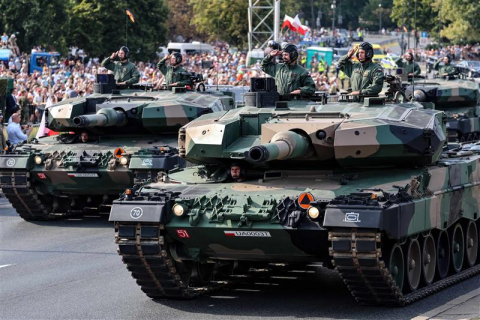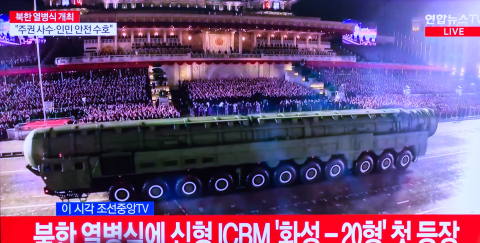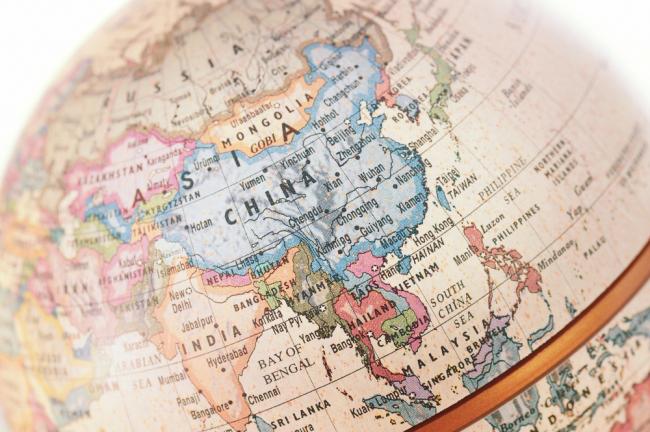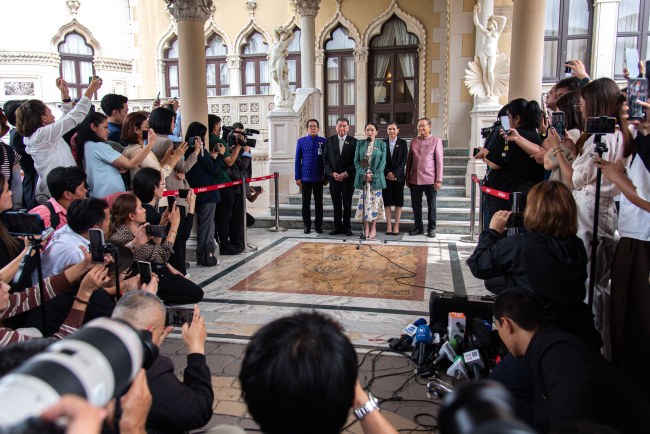Are the Economies of ASEAN and the EU Complementary ?
The revival of EU-ASEAN economic relations has recently been stirred by the EU-ASEAN Vision Group that was set up in 2005, with the aim of looking into the possibility of a free trade area (FTA) between the two regions. This article analyses the economic feasibility of an EU-ASEAN FTA by measuring the degree of complementarity existing between the economic structures of both regions. The idea is that the greater the complementarity, the higher the scope for trade expansion between the two economies, the lower the costs induced by resource reallocation and the more desirable and successful the FTA. Using a standard trade complementarity index, we find a clear manufacturing-services complementarity between the two regions. At a lower level of aggregation, ASEAN displays a relative comparative advantage in automatic data processing machines (an EU structural weakness). Moreover, for the large majority of manufactured products traded, intra-industry trade (IIT) ratios are relatively low, denoting important trade complementarities between the two regions in general.

Contenu disponible en :
Régions et thématiques
Utilisation
Comment citer cette publicationPartager
Centres et programmes liés
Découvrez nos autres centres et programmes de rechercheEn savoir plus
Découvrir toutes nos analysesCrise politique en Thaïlande : la tactique du chaos
La Thaïlande a replongé à l’été 2025 dans une crise politique profonde. La suspension de la Première ministre, Paetongtarn Shinawatra, par la Cour constitutionnelle a provoqué l’implosion de la coalition au pouvoir. Cette crise ressemble pourtant aux précédentes. Une banalité répétitive qui interroge à la fois le sens des responsabilités des principaux dirigeants et qui génère au sein de la population un cynisme mâtiné de résignation.
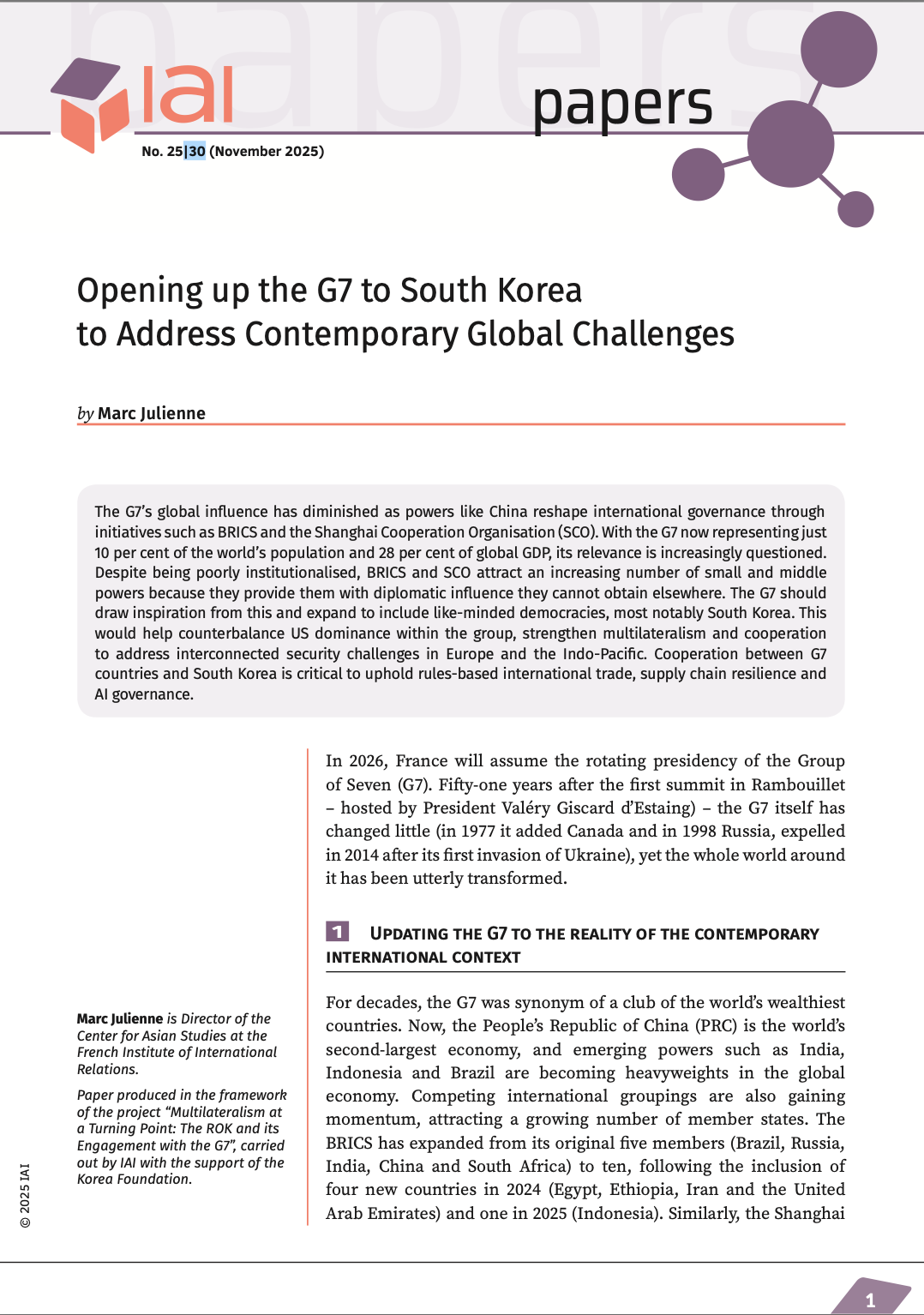
Ouverture du G7 à la Corée du Sud : relever les défis mondiaux contemporains
L'influence mondiale du G7 s'est affaiblie à mesure que des puissances telles que la Chine remodèlent la gouvernance internationale à travers des initiatives telles que les BRICS et l'Organisation de Coopération de Shanghai (OCS). Le G7 ne représentant plus aujourd'hui que 10 % de la population mondiale et 28 % du PIB mondial, sa pertinence est de plus en plus remise en question.
Cambodge-Thaïlande : un accord de paix en trompe-l’oeil
Après le Moyen-Orient, Donald Trump a vu en Asie du Sud-Est une nouvelle opportunité de consolider son image de président faiseur de paix. Confirmée à la dernière minute par la Maison-Blanche, sa participation au sommet de l’Association des Nations d’Asie du Sud-Est (ASEAN) a ainsi été conditionnée à l’organisation en grande pompe d’une cérémonie de signature d’un accord de paix entre le Cambodge et la Thaïlande.
Le rôle clé de la Chine dans les chaînes de valeur des minerais critiques
La Chine occupe aujourd’hui une position dominante dans les chaînes de valeur des minerais critiques, de l’extraction à la transformation jusqu’aux technologies en aval. Cette suprématie repose sur des décennies de politiques industrielles et lui confère une influence stratégique considérable sur la sécurité d’approvisionnement mondiale, notamment pour l’Union européenne.







